Permaculture - Patchwalks (lesson 24)
Garden Paths
The paths are an important practical and decorative element of our garden. Most of them, with a little effort, we can construct ourselves. Before we start laying the paths, however, we must prepare an appropriate plan that takes into account their location and ... we have to decide what material they should be made of. The choice is quite large, and each option has its advantages and disadvantages. In today's post, I will try to make it easier for you to pick the perfect paths for you
Stone
The paths can be paved with various types of rocks - granite, basalt, slate, hard sandstone, or compacted limestone. They are available as slabs and cubes in many colors and shades, but relatively flat stones found in nature and dug deep into the ground can also be used. The stone for the path should be characterized by low water absorption e.g. basalt, granite, serpentinite, syenite, quartzite, porphyry will be suitable. I do not recommend sandstone.
If we decide to buy ready-made stone slabs, remember that their thickness should not be less than 3 cm. Stone paths can take the shape of a regular path limited by curbs or turf on both sides, or a "walking island" embedded in the lawn
The stone is characterized by high resistance to abrasion, moisture (not every variety) as well as high and low temperature. In shaded places, however, it tends to be overgrown with moss, and its surface becomes slippery, so it is best to place it in a sunny area.
Laying a path of stones in the garden:
- The way of laying the pavement depends on its destination. Garden paths on permeable soils can be laid on a 5-10 cm layer of sand or cement-sand bedding in the proportions of 1:12. If the ground is impermeable, add another 10-20 cm of gravel under the sand.
- Align and carefully tamp the base. Arrange the stones systematically, creating slight slopes that will allow the water to drain away.
- After each stone, slab or cube has been laid, align them by hitting them through the plank with a special hammer. Check that the surface is even with a spirit level.
- Cover the gaps between the stones with sand. There will be an additional water-permeable surface during rainfall.
ATTENTION!
- If you are using irregularly shaped stones, always place them with the largest possible surface in contact with the ground.
- When using small stones, you need to install a curb on both sides of the path. With large stones, this is not necessary.
- The path should be at the height of the lawn to facilitate mowing or 3-5 cm above the ground near the flower beds to avoid soil contamination.
| Advantages | Disadvantages |
|---|---|
| Durable material | Expensive (unless we use stones collected by ourselves) |
| Weather-resistant | Troublesome installation |
| Very decorative | In dark places, the stone may be slippery with moss |
| Adapted to people with disabilities | - |
Gravel
The paths in the garden can be made of multi-colored aggregates: gravel, grit, wedge, crushed stone. While it is nice to hear the crunch of gravel under your feet, it is quite uncomfortable to walk on. Small pebbles can move under our weight and sink into the ground. So that the aggregate does not spill to the sides, it is good to limit the path with a curb. It is also a good idea to lay galvanized steel grates on the ground and fill their meshes with the selected type of aggregate.
The gravel path looks good and is easy to install, but it is not very comfortable to use. This can be dealt with if we create a path similar to Japanese gardens - we lay flat stone or concrete slabs on the gravel.
Preparation of the gravel path:
- Prepare a gravel pit. Best with a slight slope to help avoid wetting the track (about 2.5 cm of a drop onto a 60 cm wide track)
- Install curbs
- If you are pouring gravel into a driveway, add a 20 cm layer of 3-4 cm gravel, 10 cm of 1.5-1 cm gravel, and 5-8 cm of the selected gravel to the top layer.
If you are preparing a walking path, one layer of selected gravel is enough. - After laying, pour water on each layer and beat thoroughly.
| Advantages | Disadvantages |
|---|---|
| Cheap | Not adapted for people with disabilities |
| Simple and quick to install | Not comfortable to use |
| Excellent water throughput | Gravel can crumble and compact |
| Relatively durable | - |
Wood
An interesting idea for pathways is to arrange wooden paving from barked stumps of different elements. Before use, the wood should be properly dried and impregnated with an environmentally safe preparation. The most effective is impregnation by soaking under pressure (such a service is performed in some sawmills) - it will significantly increase the durability. It can also be impregnated with oils or solvent-based (not all types of wood are suitable for this).
There are boards, blocks, and openwork platforms in the shape of a rectangle or a semicircle made of wood on the market. They can be freely colored, stained, or painted with waterproof paint. Planks placed on joists look good in modern gardens.
Despite the undeniable aesthetic value, wooden pavements become very slippery after rain. Additionally, they should not be placed closely next to each other, because the wood "works" under the influence of temperature changes, reducing or increasing its volume. If the surface of the wood is grooved, the track is not that slippery after rain.
With regular maintenance, the path should serve us for around 10 years. As a material for garden alleys, it is best to choose elements from species of deciduous trees.
Lovers of natural wood should remember to use it in places less exposed to long-term exposure to sunlight. Under sun influence, the wood turns gray and is damaged more easily.
Preparation of a wood track:
- Prepare the excavation for the path.
- dump 10-20 cm of the base layer of gravel (20-30 cm at car ramps) and 5 cm of sand
- Arrange the wooden elements in such a way that they protrude 2-3 cm above the ground level. If you decide to design with spaces between the wooden elements, cover them with gravel or sand to create an additional layer of water permeability.
| Advantages | Disadvantages |
|---|---|
| Looks very attractive | It is quickly destroyed |
| Suitable for people with disabilities | Slippery after rain |
| Quick installation | It requires constant maintenance |
| - | It does not do well in sunny spaces |
Bricks
Bricks can be laid in many ways, for example on the parquet or on brickwork bindings. The pavement created by them does not have to be compressed. The space between the individual elements can be filled in any way: with a binder, colored aggregate (gravel or grit), plants (moss, grasses, herbs), or the same brick, only crushed.
We have a dozen or so colors of bricks available in stores, so, in addition to the standard arrangement, you can decide to create a mosaic from this material.
Preparation of a brick path:
The track is prepared in the traditional way described for the previous raw materials. The brick is strong enough to cover the driveway of the car, but then it is recommended to lay it upright. You can not lay bricks directly next to each other - a gap of 4-5 millimeters is necessary. Later, you will fill this space with sand, which will give the pavement flexibility and, consequently, a longer life. It is also safer to include a curb in the design, which will keep the structure in check. Sprinkle a layer of sand on the paved surface, which must be carefully inserted into the gaps between the bricks. Dosing everything with water may help, but beware: do not overuse it, lest the ballast soften!
| Advantages | Disadvantages |
|---|---|
| Strength | Low durability for bricks obtained from the recycling |
| Easy to install | expensive |
| No maintenance required | - |
| Suitable for people with disabilities | - |
concrete and porcelain
Among the concrete paths, the ones made of colored or stamped concrete (called press concrete) stand out. Usually, such surfaces are cast on-site, in the customer's garden, where they are dyed and impregnated. You can also buy ready-made elements, for example, imitating old cracked boards or stone slabs.
This material can be freely shaped and colored. As a result, we have cubes on the market in many sizes, colors, and various textures, creating enormous arrangement possibilities. They are usually cheaper than elements made of wood, stone or ceramics, and often look very similar to them.
They are characterized by reduced water absorption, are durable, do not turn green, and are not susceptible to dirt. The minimum thickness of the tile is 3.5 cm, while the most popular sizes of the tiles are: 30x30 cm, 60x30 cm, 60x45 cm.
An alternative to concrete slabs are porcelain slabs, which compete with concrete primarily in terms of design. Their strength, anti-skid properties, and weather resistance are similar, provided that the porcelain slab path is used as a walkway. Porcelain is rather not recommended for lining driveways.
Laying concrete paths
The laying of concrete paths varies somewhat, depending on the shape and size of the elements. However, each time you need to dig a suitable recess, then you can (although you do not need to, depending on the design) set the curbs. At a later stage, we prepare the cement mortar, pour it on the leveled surface in the recess, and arrange the concrete elements, making sure that they are properly pressed and matched to each other. Space in between we fill the elements with cement, sand, grass, or any other thing we wish.
| Advantages | Disadvantages |
|---|---|
| Low price | A bit more complicated installation |
| High resistance to external factors | Low water permeability |
| A multitude of shapes, sizes, colors | - |
| Suitable for people with disabilities | - |
Pebbles stones
Pebbles, i.e. fields and river stones, are becoming popular again. The surface called cobblestones is made of different sizes. Such an alley is especially suitable for a country-style garden. It is durable and requires no care. Its uneven surface can cause problems - it is difficult to walk on, and it is easy to slip after rain. You should also remember that collecting pebbles in many places in the world is prohibited and punishable by law, and those bought in stores are quite expensive.
Laying pebble paths
Mosaics can be made of pebbles, colored with special paints. You can also use them to create simple country-style paths. In both cases, laying will be similar to that described for concrete paths and will require the use of cement mortar.
| Advantages | Disadvantages |
|---|---|
| Original country style | Slippery surface |
| Resistance | Not suitable for people with disabilities |
| Weather-resistant | Inconvenient to use |
| - | High price |
Grass
Sowing the grass on the ground or laying it out of a roll is the easiest solution. The durability of such a path should be increased by arranging lawn grates on a specially prepared substrate of aggregates, crushed stone, and sand sprinkling. Their eyes are filled with fertile ground and only then is sown with grass.
| Advantages | Disadvantages |
|---|---|
| Fast and cheap method | Requires care and maintenance |
| Suitable for people with disabilities | Looks bad in heavily darkened places |
| Good water drainage | - |
Bark Mulch
The bark mulch looks very good on the path. However, in places with no access to light, it rots quite quickly. Another disadvantage of the bark is the need to systematically replenish its layer.
| Advantages | Disadvantages |
|---|---|
| Fast and cheap method | The bark spills out, spreads on the shoes |
| Good water drainage | Worse appearance in darkened places |
| - | Needs replenishment and maintenance |
| - | Not suitable for people with disabilities |
Glass
Although many people are reluctant about the presence of glass in the garden, more and more products made of it for paving are appearing on the market. Glass in the form of grit, crushed stone, gravel, and mosaic is not very slippery, but it is most often used for decoration. Supporters of avant-garde solutions may opt for a path reinforced with perforated plastic boxes filled with recycled porous glass balls. Although the glass marbles look subtle, they are harder than stone. These granules also act as a filter that purifies rainwater that seeps into the ground.
| Advantages | Disadvantages |
|---|---|
| Purification of rainwater | High price |
| Original design | Limited availability of the products |
Sand or soil
The least effective form of path, but also the fastest and cheapest to perform. Spilling sand or hardened soil in the place of the path does not require major financial outlays, but they have several disadvantages: sand and soil spread around the garden, the aesthetic qualities of such a path are quite low, and with larger rains, puddles, and mud appear.
All my lessons are shared totally for free with a CC-0 license (which means you can copy my text and share it wherever you want to, without the need to mark me as an author). I hope it will bring you joy.
Previous lessons can be read here:
Fertilizers
2 - types of manure and when to use it
3 - Compost. Basics
4 - advanced composting
6 - Green manure
7 - Phytosanitary plants
8 - Mineral fertilizers
--------------------------------------------------
Soil and minerals
10 - Boron, Molybdenum, Copper, Magnesium
11 - Zinc, Calcium, Iron and other elements
12 -soil components: sand and clay
14 -soil components: calcium, microorganisms, minerals
15 -soil components: water and air
--------------------------------------------------
Space
17 - Sectors in Permaculture
18 - Zones & sectors, practical use
19 - Perfect size of your garden
21 - Natural fences
22 - Water reservoirs in the garden
23 - Rock Garden
--------------------------------------------------
Thank you for reading,
@papi.mati
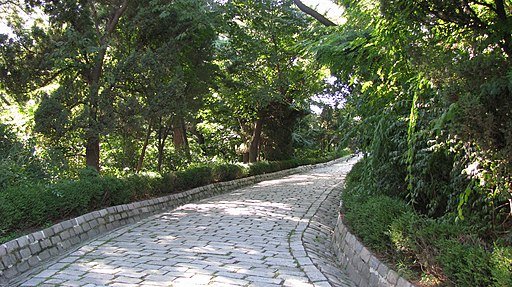
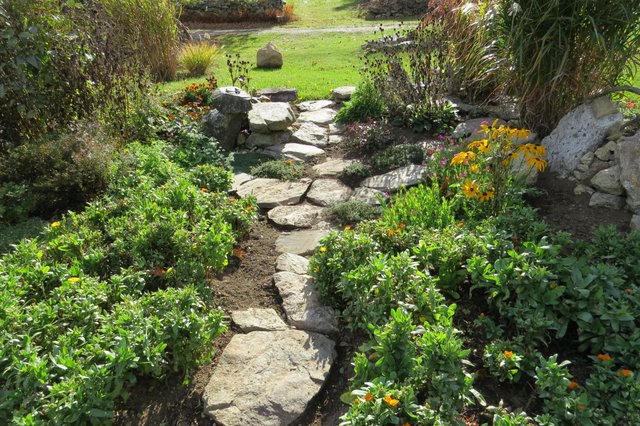


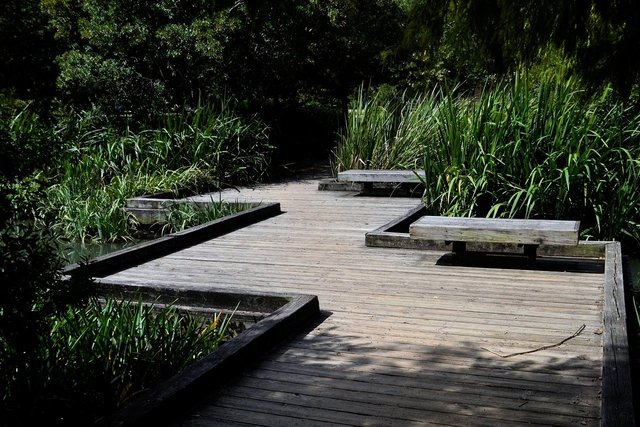

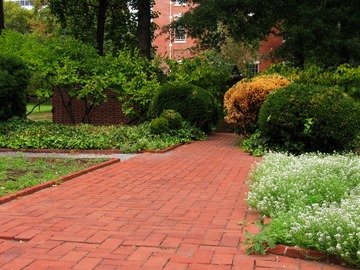


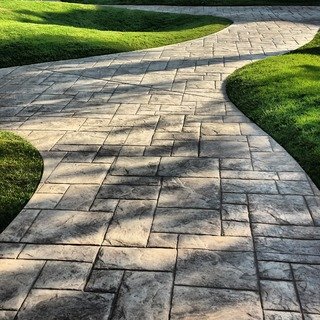
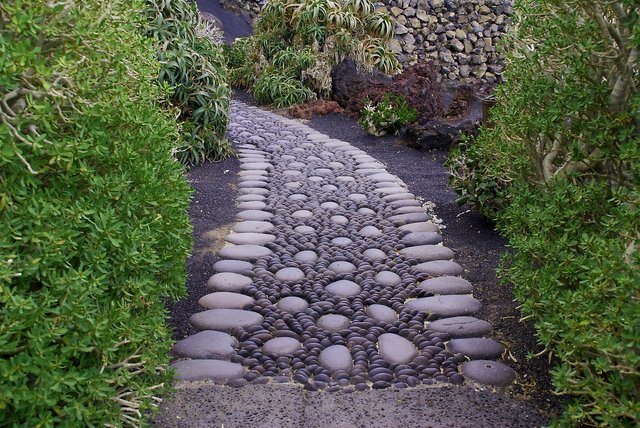
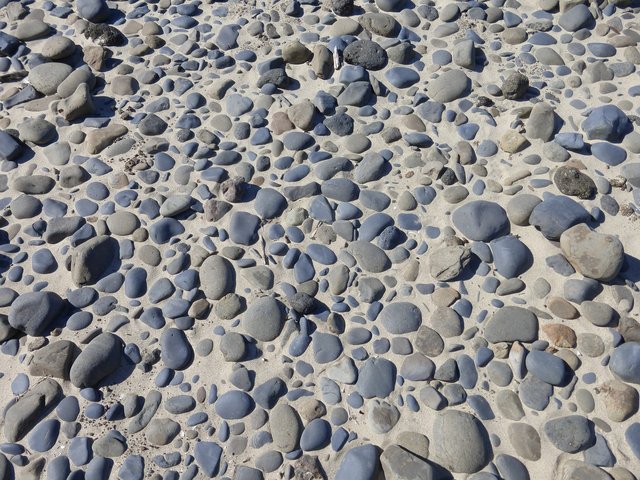
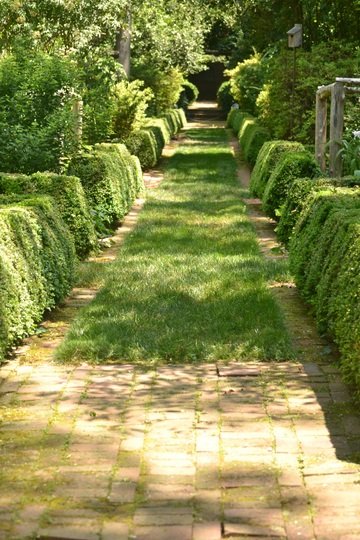
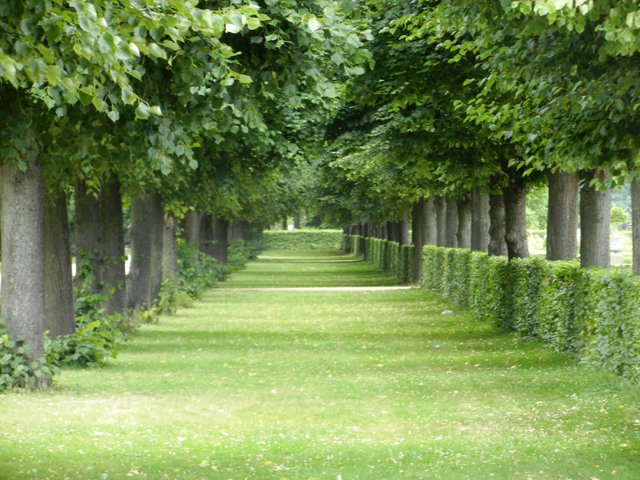
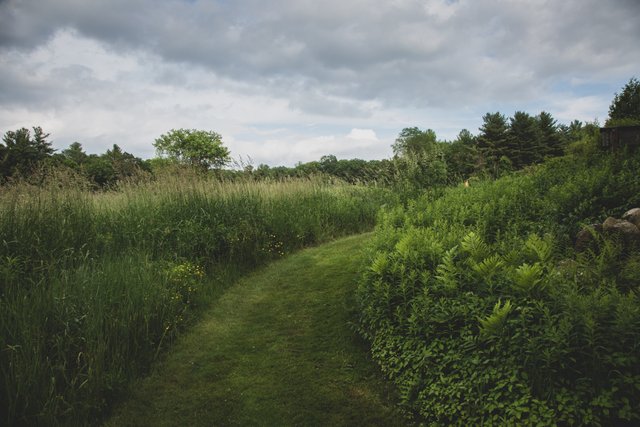

Amazing post
Good post! Complete and of good quality. Thanks for such good content.
Really great post and explaining sir.